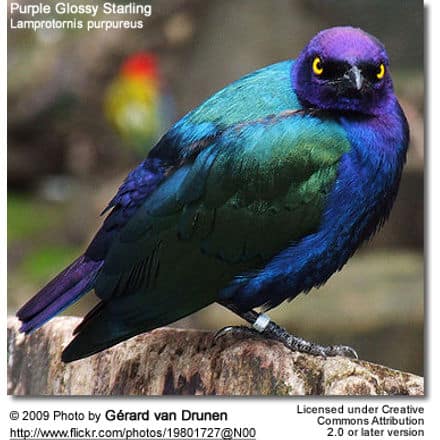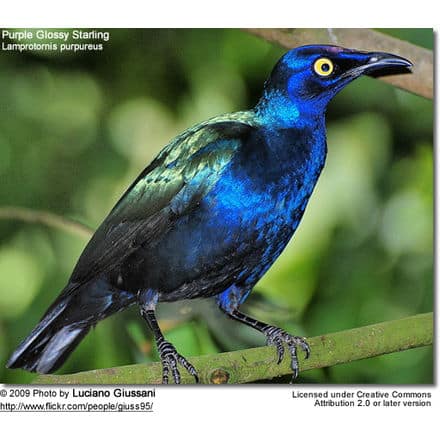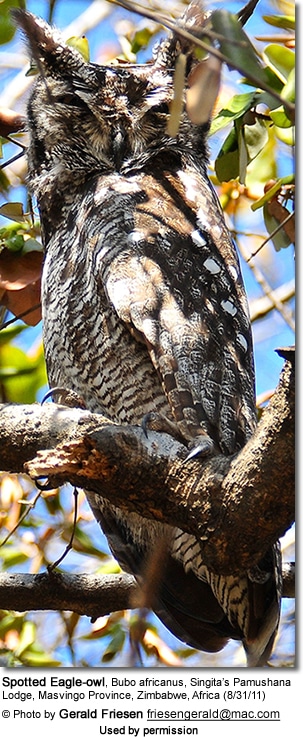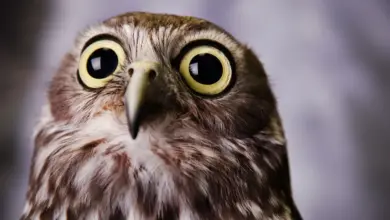Purple Glossy Starlings
Starlings
The Purple Glossy Starlings (Lamprotornis purpureus) – also simply known as Purple Starlings – are fairly common in tropical Africa, where they are considered common to abundant within their natural range.
Distribution
The range of the Purple Starlings stretches from Senegal, Gambia, Guinea-Bissau and northern Guinea east to southern Mali in the savanna belt to southern Chad, south to northern Central African Republic and southern Sudan, northern Democratic Republic of the Congo, Uganda and western Kenya.
They mostly inhabit open woodlands, Savannah woodlands (particularly with fruiting figs) and cultivations, typically below 5,000 feet (1,500 meters).
Taxonomy
The expert opinions on this species’ taxonomy are divided. Some believe it is “monotypic” (one single species); while others (i.e., Clements Checklist of Birds of the World ) divide them into two races:
- Lamprotornis purpureus purpureus (Statius Müller, PL, 1776) (Nominate Form)
- Range: Northern Race – Senegal to Cameroon
- Lamprotornis purpureus amethystinus (Heuglin, 1863)
- Range: Southern Race – Cameroon east to western Kenya
- ID: Plumage above bluer than that of the nominate form. Slightly longer tailed.
Description
The Purple Glossy Starlings measure between 8.7 – 10.6 inches (22 – 27 cm) in length, including the short tail. The plumage is mostly metallic purple with glossy green wings. The eyes are yellow. The legs and the rather large bill are black.
Males and females look alike, but juveniles are much duller, with grey underparts and brown eyes.
Nesting / Breeding
Most breeding activities are observed from February to May. The Purple Starlings make their nests in tree cavities. The average clutch consists of 2 – 3 eggs.
Vocalizations
This noisy bird emits the typical starling squeaks and chattering.
Diet / Feeding
The Purple Glossy Starlings mostly feed on fruit and insects. They forage on the ground, or on bushes or trees.
Alternate (Global) Names
Catalan: Estornell metàl·lic purpuri … Chinese: 紫辉椋鸟 … Czech: Leskoptev purpurová … Danish: Purpurglansstær … Dutch: Purperglansspreeuw … Finnish: Viikunakottarainen … French: Choucador pourpré, Étourneau métallique pourpré, Merle bronzé pourpre, Merle métallique pourpré … German: Purpurglanzstar, Purpur-Glanzstar … Hebrew: זרזיר בוהק/כחול לחיים … Italian: Storno splendente purpureo, Storno splendente viola, Storno splendido purpureo … Japanese: murasakiterimukudori … Norwegian: Purpurglansstær … Polish: blyszczak purpurowy, błyszczak purpurowy … Russian: Пурпурный блестящий скворец … Slovak: liskavec purpurový … Spanish: Estornino Brillante Morado, Estornino Purpúreo … Swahili: Kuzi Zambarau … Swedish: Purpurglansstare
Additional Resources
- IUCN Red List
Species Research by Sibylle Johnson
Please Note: The articles or images on this page are the sole property of the authors or photographers. Please contact them directly with respect to any copyright or licensing questions. Thank you.









